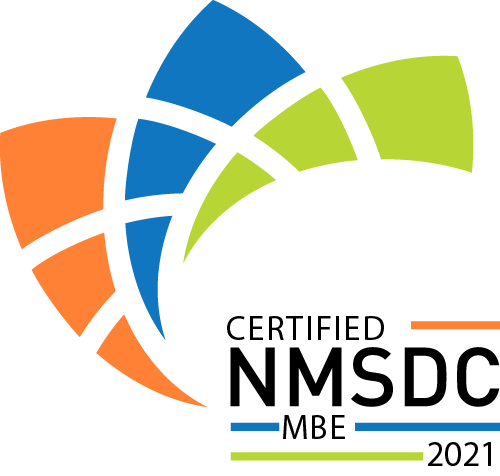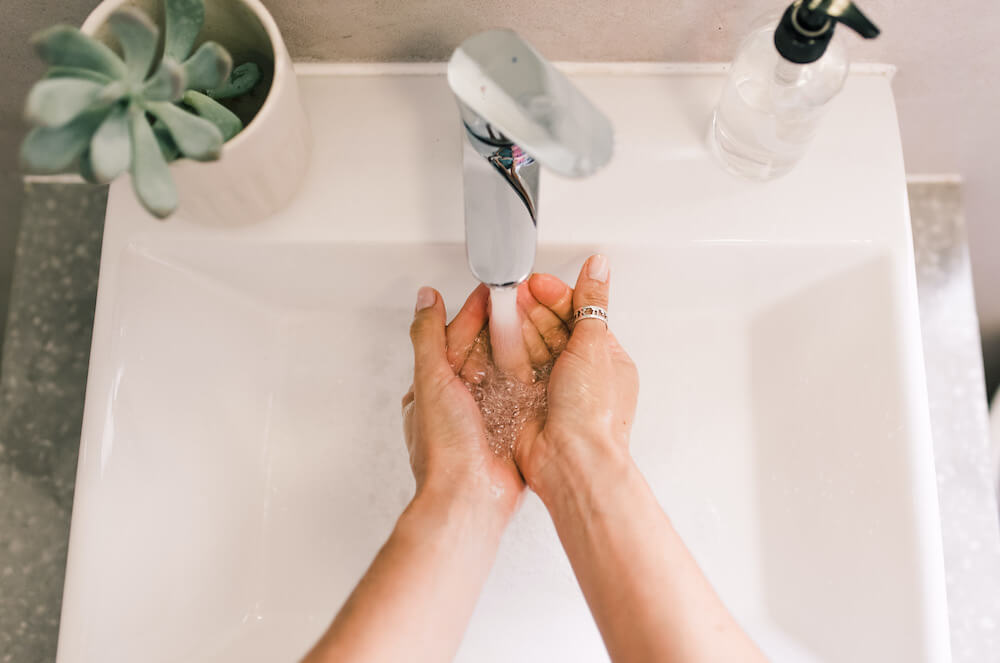As COVID-19 continues to sweep across the nation—and the globe—so do myths and conspiracy theories. Healthcare professionals and scientists everywhere are working hard to dispel those myths and educate people on the facts. Below, you’ll find seven such myths about COVID-19, along with the truth, from health experts around the world.
Myth: COVID-19 is like the flu
Fact: There’s still a lot to learn about COVID-19. For example, some doctors are still asking, how long does COVID-19 last? According to Johns Hopkins Medicine, it depends. Patients with mild cases may recover in one to two weeks, while those with more severe cases can take six weeks or even longer to recover. The mortality rate also appears to be drastically different. While data is still being collected on COVID-19, the WHO says the crude mortality ratio (that’s the number of reported deaths divided by the reported cases) is between 3 and 4 percent. Mortality for influenza is significantly lower; it’s usually less than 0.1 percent.
Myth: Young, healthy people don’t need to worry about COVID-19.
Fact: People of all ages can contract the novel coronavirus. While most people have mild cases and recover, the WHO states that older adults and people with underlying health conditions may be most at risk of becoming severely ill if they get sick.
Symptoms of COVID-19 could include:
- Fever or chills
- Cough
- Shortness of breath or difficulty breathing
- Fatigue
- Muscle or body aches
- Headache
- Loss of taste or smell
- Sore throat
- Congestion or runny nose
- Nausea or vomiting
- Diarrhea
If you’re experiencing these symptoms, make an appointment with a healthcare provider immediately.
Myth: I have no control over whether I get COVID-19.
Fact: There are a number of preventive steps people can take to avoid getting—and spreading—the disease. The Centers for Disease Control and Prevention (CDC) says that one of the single most effective things you can do to protect yourself and your family is to wash your hands frequently with clean water and soap, scrubbing for at least 20 seconds. Other preventive measures suggested by the CDC include maintaining a distance of six feet from people outside of your home; wearing a cloth face cover when you can’t maintain that distance; and cleaning and disinfecting your home regularly.
Myth: I can’t get the virus from someone who doesn’t look sick.
Fact: Recent studies have shown that people can have COVID-19—and spread COVID-19—even if they aren’t displaying any symptoms, themselves. People who show no symptoms but test positive for the virus are called asymptomatic. People can also transmit the virus before they show symptoms, themselves; they are called pre-symptomatic.
Myth: Antibiotics work against COVID-19.
Fact: COVID-19 is a part of a family of viruses called Coronaviridae. Antibiotics are not effective in treating a virus. The WHO states that right now, there are no drugs licensed to treat or prevent COVID-19.
Myth: If I wear a mask to protect against COVID-19 I won’t get enough oxygen
Fact: According to the WHO, when a medical mask is worn properly, it doesn’t cause carbon dioxide intoxication or oxygen deficiency. In fact, the CDC recommends wearing a cloth mask or face covering in public when social distancing is challenging.
Myth: Drinking bleach or disinfectants will protect me from COVID-19.
Fact: Consuming disinfectants and bleach is incredibly dangerous and could lead to death. The WHO states in no uncertain terms that methanol, ethanol and bleach are poisons that could harm internal organs. They should not be consumed under any circumstances.
COVID-19 has proven to be a tricky and unpredictable virus. Judging by the infection rate, it’s not going anywhere any time soon. Until there is a therapy or vaccine, it’s important to be proactive, take preventive measures and stay informed. If you’re concerned you may have COVID-19, or were recently exposed to COVID-19, talk to a Jetdoc professional today. Follow @myJetdoc on Twitter, Instagram and Facebook to learn more.

